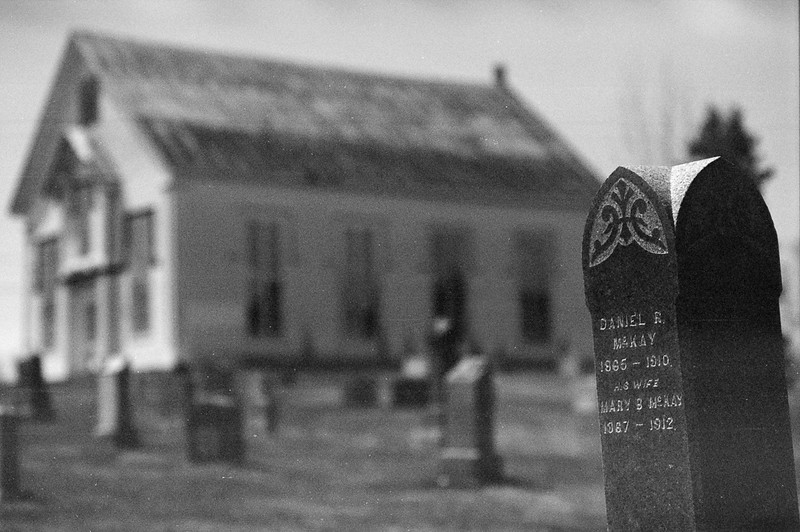raraldehyde was
all you need to do is wash. The fixing is already done in a monobath. It should also wash faster. as for hardening IF needed, glutaraldehyde would be added to the monobath. But as PE says, most modern films do not need the hardening agent added to the monobath, and it would not be a "prehardener", but added directly to the monobath. That is why I said if needed.
For those interested in monobaths, I suggest you find a copy of Monobath Manual by Grant Haist. It goes into considerable detail about the properties of monobaths.
Here is another formula, by Harvey A Hodes published as Low Gamma Photographic Developer for Rapid Processing of Aerial film
Mr. Hodes came up with a "straight" developer for use in the Kodak Versamat processor, which was able to process film faster with low gamma.
He called it H-1
Phenidone----------1 gram
Hydroquinone----2 gram
Na Carbonate----10 grams
Sodium Sulfite--30 grams
processed 4.5 meter/minute at 35 degrees C and a gamma 0.55 and speed 160(EAFS, not asa) using Plus X Aerographic 2402.
His formula H-2 monobath is as follows
Phenidone-----------------1 gram
hydroquinone--------------2 grams
Sodium carbonate------10 grams
sodium thiosulfate------50 grams
polyethylene oxide
grade 4000--------------4 grams
water to-----------------1 liter
80F 4 minutes 0.66 gamma speed(EAFS, not regular ASA speed) and fog 0.16 for Tri-X Aerographic 2403
95 F 3 minutes
The "Polyethylene oxide" was added as a developer accelerator and a way of preventing the monobath from sludging.
Perhaps PE can comment:Wikipedia says some chemists call it polyethylene glycol, and some call it polyethylene oxide. As the formulation dates from 1977, today's films just might have the Polyethylene oxide built into the synthetic materials used to make the coating of the film.
IF Polyethylene glycol is the same as polyethylene oxide, perhaps substituting the polyethylene glycol U. S. P. from the drugstore would work.
Another monobath
H-3 monobath
Phenidone---------------1 gram
hydroquinone-----------2 grams
sodium carbonate------40 grams
sodium sulfite---------30 grams
cysteine hydrochloride---10 grams
water to--------------- 1 liter
Trix Aerographic 80F 5 minutes Gamma 0.62 and EAFS 320 witha fog of 0.18
For those with access to professional journals, here is the reference
Journal of Applied Photographic Engineering, Volume 3, number 1, winter 1977 page 49 Mr. Harvey A. Hodes Low Gamma Photographic Developer for Rapid Processing of Aerial Film.











